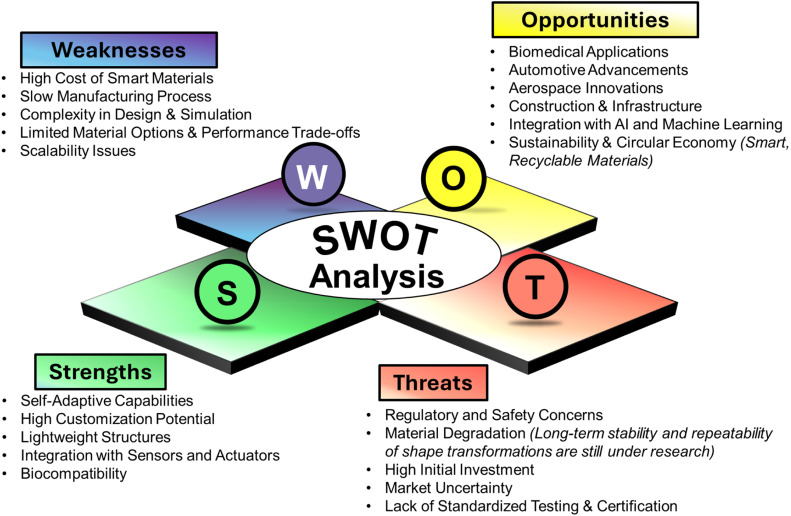
Envision a 3D printer that not only constructs objects but also programs their functions. This concept is coming closer to fruition thanks to a recent study published in the International Journal of Extreme Manufacturing, where scientists explain how magnetic, acoustic, and electric fields can manipulate materials as they solidify—transforming printing into genuine matter reprogramming.
Referred to as Field-assisted Additive Manufacturing, or FAM, this technique incorporates external fields directly within the printing process. Instead of merely shaping inert materials, these fields affect the arrangement of atoms, particles, or cells within the structure. The outcome: miniature devices whose physical, magnetic, or electrical characteristics can be tailored as needed.
Embedding Functionality Within Form
The review article, spearheaded by Prof. Qianqian Wang of Southeast University, explores how this rapidly developing field could revolutionize the capabilities of 3D printing. Conventional additive manufacturing is acclaimed for its geometric flexibility, yet it has limited control over internal microstructure. FAM aims to alter that by integrating form and function in a single, cohesive process.
“Conventional additive manufacturing can create intricate shapes, but it struggles to control the internal dynamics of the material,” stated Wang. “To fabricate genuinely functional micro- or nanoscale devices, we require mastery over the internal processes. Field-assisted printing provides us with that capability.”
This capability is reshaping various fields from microrobotics to biomedical engineering. Under a magnetic field, for instance, metallic particles can align into effective domains, providing microrobots with reliable reactions to external stimuli. Acoustic fields—essentially sound waves—can carefully arrange living cells or nanoparticles into intricate tissues without causing harm. Electric fields, on the other hand, can orient conductive or polarizable nanoparticles, resulting in flexible electronic circuits that stretch and sense akin to human skin.
This method redefines manufacturing altogether. Instead of creating a basic shell and adding functionality afterward, FAM constructs both structure and behavior at the same time. “It signifies that we are no longer just creating objects,” as one co-author remarked, “we are programming matter.”
Precision, Smart Technology, and Integration
Prof. Zhiyang Lyu of Southeast University and Prof. Tianlong Li of Harbin Institute of Technology, who contributed to the study, recognize vast potential in merging multiple fields and intelligent control. The review outlines how FAM could progress through AI-guided feedback systems capable of adjusting field intensity and direction in real time, facilitating intricate fabrication at scales smaller than a human hair.
“The future of FAM resides in smart technology and integration,” noted Lyu. “We anticipate systems that leverage AI for real-time feedback, combine various fields to operate in harmony, and enable high-throughput production for industrial and clinical applications.”
Nevertheless, obstacles persist. Achieving uniformity of the field across a complex printing area poses significant challenges, and overlapping field effects can lead to unpredictable interactions. Furthermore, transitioning these techniques from lab experiments to large-scale production will necessitate advancements in printer design, power management, and process modeling.
Yet the potential rewards are far too significant to overlook. A tiny microrobot crafted through FAM could navigate through the bloodstream, targeting tumors with drug delivery. A tissue scaffold might arrange living cells into natural configurations for regenerative purposes. A flexible sensor could capture motion and temperature with precision comparable to human skin. Each instance propels FAM closer to its core aspiration: creating materials that think, move, and heal by design.
In this developing terrain, manufacturing shifts from shaping to orchestrating unseen forces. The act of printing with fields feels almost alchemical. However, as Wang and colleagues contend, it is merely the next logical progression in a lengthy human narrative—transforming matter not only by form but also by purpose.
International Journal of Extreme Manufacturing: 10.1088/2631-7990/ae098e
If our reporting has informed or inspired you, please consider making a donation. Every contribution, regardless of the amount, empowers us to continue delivering accurate, engaging, and trustworthy science and medical news. Independent journalism demands time, effort, and resources—your support ensures we can keep revealing the stories that matter most to you.
Join us in making knowledge accessible and impactful. Thank you for standing with us!